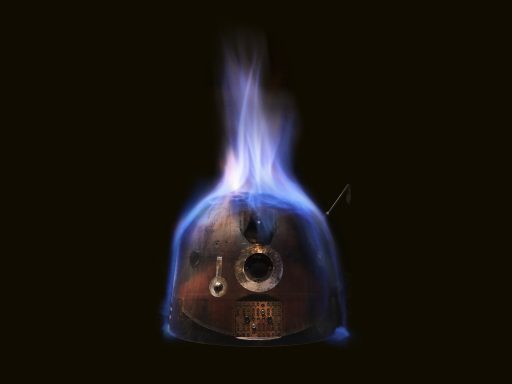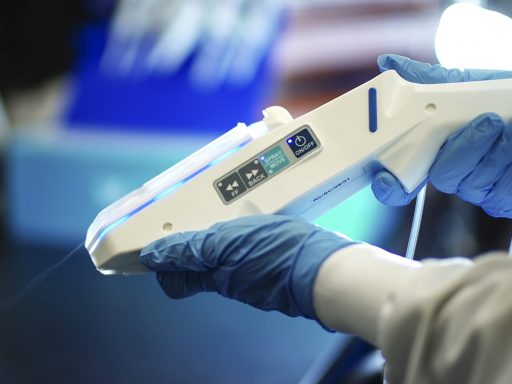
Genetic Resource Collection Curator at the Centre for Agriculture and Biosciences International, Matthew Ryan, explores Fleming’s Penicillium and the potential of microorganisms.

Genetic Resource Collection Curator at the Centre for Agriculture and Biosciences International, Matthew Ryan, explores Fleming’s Penicillium and the potential of microorganisms.

The museum’s Roger Highfield challenged Professor Alice Roberts to iron out the scars of human evolution for a new display. Here, the University of Birmingham anatomist describes her personal quest for perfection.

Professor Martin Johnson explores the difficulties experienced by physiologist and Nobel laureate Bob Edwards in his pioneering IVF work.

Evidence that drug testing could one day be conducted in a computer rather than on animals has led to a team at the University of Oxford winning a major international prize.

Half a century after the publication of The Double Helix, Roger Highfield looks at why the book is still relevant today.

Roger Highfield, Director of External Affairs, provides evidence to counter ten Scrooge-like claims that Santa does not exist.

Contemporary Science Research Volunteer, Claudia Cook looks at how we can harness light from the Sun to create medicine.

Curator Selina Hurley celebrates 50 years since the first successful human heart transplant.

In the run up to a Science Museum exhibition in 2018 to celebrate the 40th anniversary of IVF, Roger Highfield reports from the frontier of reproductive science research.

From Neisseria gonorhoeae to living in space, did you know these 7 facts about bacteria?

Contemporary Science Volunteer Giulia Delprato talks about the latest development in burns treatment, SkinGun.

Curator Selina Hurley, and Sir Terence English, look at how we got from the first implanted artificial heart to where we are today.